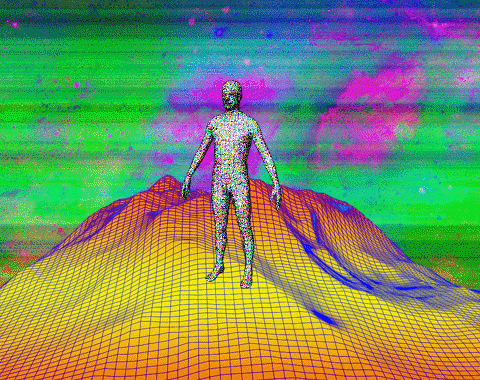Welcome to New World Same Humans, a weekly newsletter on trends, technology, and society by David Mattin.
If you’re reading this and you haven’t yet subscribed, then join 17,000+ curious souls on a mission to build a better shared future 🚀🔮
This week, reflections on the convergence of two powerful trends set to reshape our online lives. I’m talking about virtual humans, and a shift that some are calling the pseudonymous economy.
Enough preamble; hit play!
If you’d prefer to read this week’s instalment, go here for the text version of Avatars Are Go.
Links in this week’s instalment
1. At the time of writing Miko has 700,000 followers on Twitch.
2. I’ve written before about the rise of virtual humans, and Miko represents a sub-category.
3. It’s the same conceit that has fuelled a wave of wildly popular virtual YouTubers, such as Projekt Melody and Kizuna AI.
4. The Technician is a US-based South Korean developer called Youna, who started work on Miko when the pandemic nixed her coding and animation day job.
5.

6. Srinivasan says decentralisation and pseudonymity are two sides of the same coin.
7. Back in March when Beeple’s NFT Everyday: The First 5,000 Days sold for $69 million, the buyer was an influential pseudonymous cryptowhale known to his followers as MetaKovan.
8. New tools such as the MetaHuman Creator – made by Epic Games, who also make the Unreal Engine that fuels Miko – will allow people to build photorealistic virtual humans far more cheaply.
9. Miko’s creator sometimes livestreams as her real self, to give fans a peek behind the elaborate curtain that typically hides her from view.
10. The developer Greg Fodor has even speculated on the rise of a new form of liberalism, which he calls Avatarism.
11. These converging trends – the coming age of pseudonymity and the rise of sophisticated avatars – are only one part of the arrival of an epic shift that I call augmented modernity: one of the big theses that drives this newsletter.
I See You
Thanks for listening this week.
The rise of creator-driven virtual humans is the kind of trend I set up New World Same Humans to examine. In the end, it’s all about the collision of new technologies and age-old human needs: identity, self-expression, and status.
This newsletter will keep watching as events unfold. And there’s one thing you can do to help with that mission: share!
Now that you’ve made it to the end of this week’s instalment, why not forward the email to someone who’d also enjoy it? Or share it across one of your social networks, with a note on why you found it valuable. Remember: the larger and more diverse the NWSH community becomes, the better for all of us.
I’ll be back on Wednesday with New Week Same Humans. Until then, be well,
David.















Avatars Are Go – Audio Version